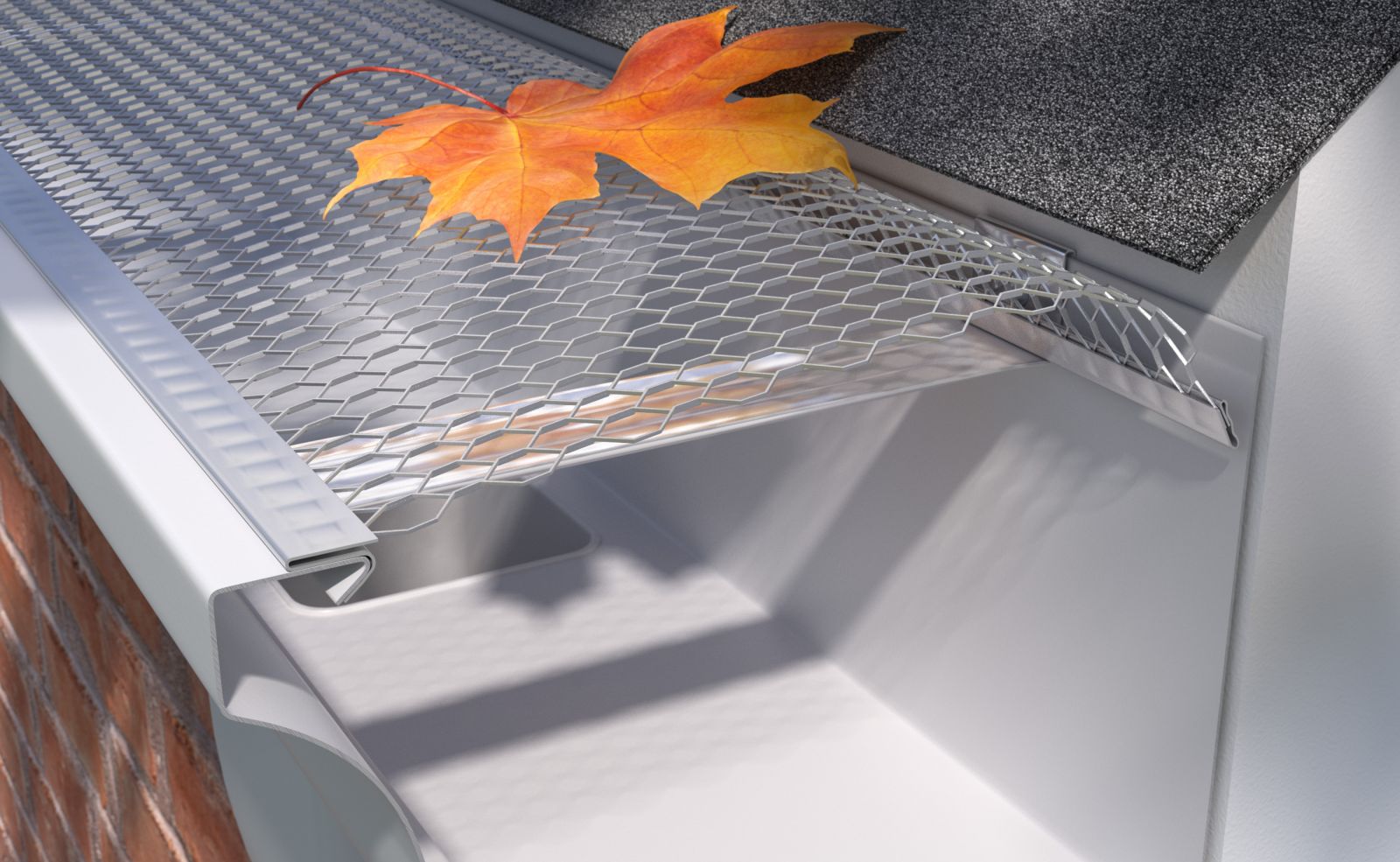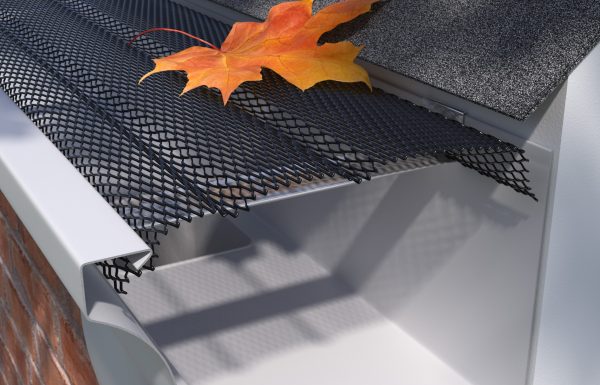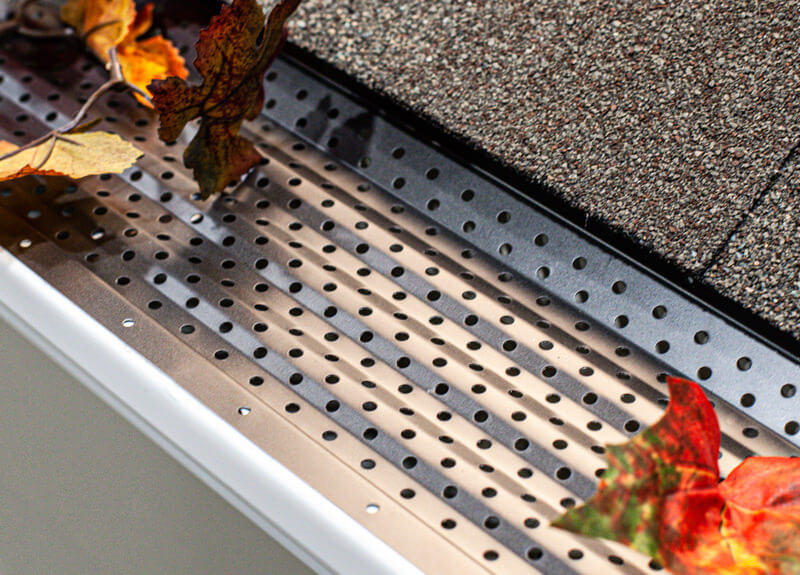Gutter Protection
Prevent Costly Leaks & Clogs
Protect Your Home with Gutter Guards
When leaves and debris clog your gutters, they can cause serious problems. Clogged gutters can overflow, which might lead to ice build-up in winter, creating heavy weight that can pull the gutters down or even damage them. If gutters are blocked, water can start to seep into your home, leading to costly water damage and mold over time.
There are a few main types of gutter guards you can choose from: screen guards, micro mesh guards, and GutterRxTM Gutter Guards. Each type has its own benefits and things to consider.
Screen Guards
Screen guards are made from a wire or plastic mesh that keeps leaves out of the gutters. They're easy to install since you can just slide them under the edge of your roof shingles without needing any special tools. They are an affordable choice and are straightforward to set up.
However, screen guards aren't attached permanently, which means they can get blown away in strong winds or pushed out of place by falling branches. Also, if you have to lift the shingles to install them, this can void some roof warranties. Its a good idea to check with your roofing manufacturer if you have concerns.


Micro Mesh Guards
Micro mesh guards work similarly to screen guards but have much smaller openings to let water through while blocking tiny bits of debris, like sand. They can be installed in a few simple ways: slipping them under the shingles, snapping them onto the gutters, or attaching them to the side of the house above the gutters.
These guards are great for keeping out even the smallest debris, but they are made from different materials, including affordable plastic and durable stainless steel. Occasionally, you might need to clean them with a hose and a brush to keep the tiny holes clear.
GutterRxTM Gutter Guards
GutterRx Gutter Guards are built to last, offering a robust solution for your home. Their quality construction withstands high winds and heavy storms while preventing animals, birds, and debris from clogging your gutters. Proudly made in the U.S., these guards are designed to simplify your life year after year.
Key Features
- Self-Cleaning Ridges: Patented ribbed design allows airflow to naturally lift debris.
- Durable Aluminum Construction: Made from 98% recycled materials for long-lasting use.
- Invisible Design: Blends seamlessly with your homes roofline.
- Enhanced Gutter Strength: Attaches at both the front and rear for added support.
- Pest Prevention: Keeps birds and other animals from nesting in your gutters.
GutterRx Gutter Guards offer several additional benefits, including compatibility with both new and existing gutters, ensuring that it does not affect roof shingles or the overall appearance of your home. It is designed to withstand heavy downpours, providing reliable performance in challenging weather conditions. Furthermore, it is available in multiple sizes, including options of 4.5", 5", 6", and 7", making it versatile for various needs.




